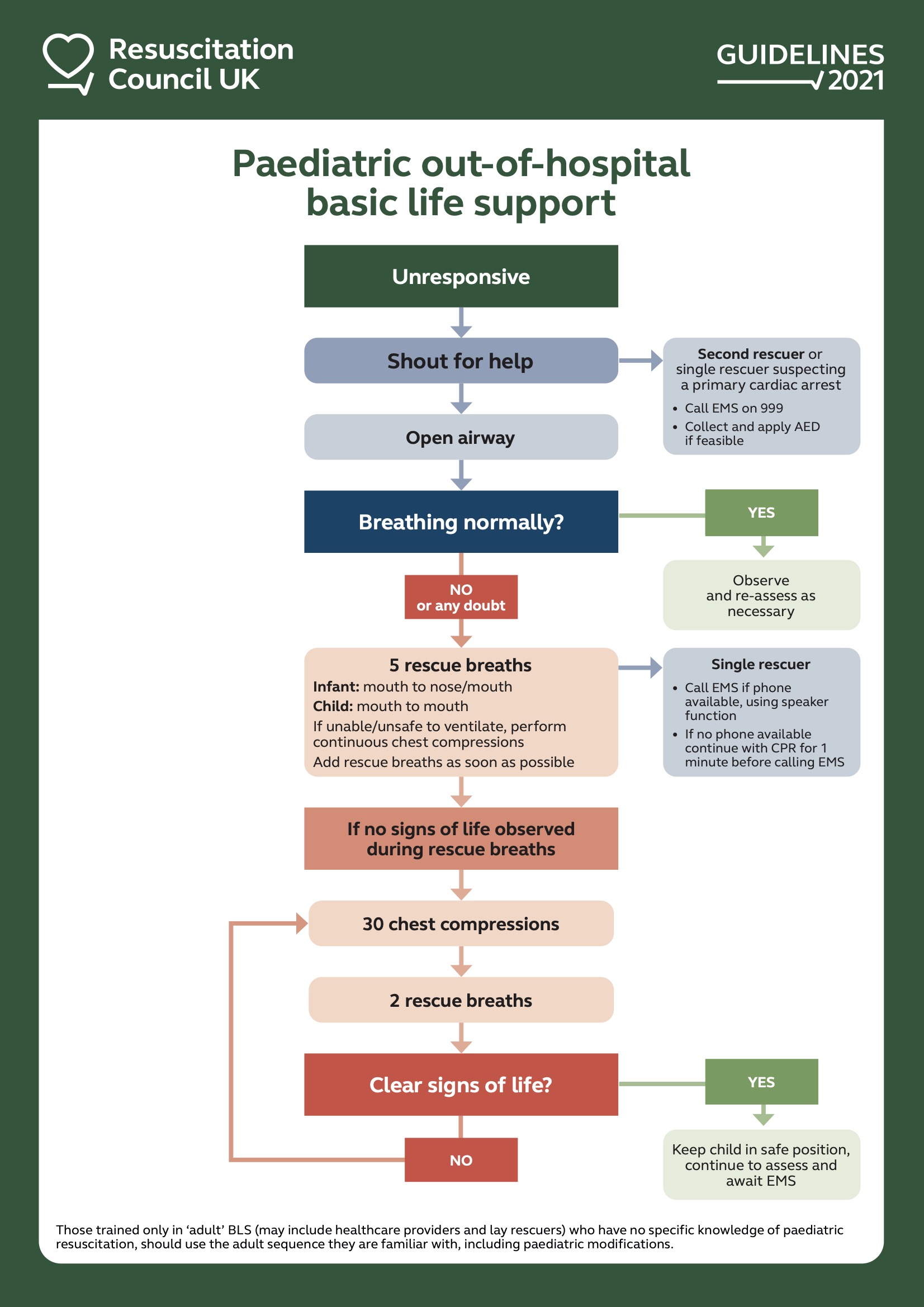 Step 1: Ensure Safety
Step 1: Ensure Safety
Imagine this scenario: You’re enjoying a nice walk in the park on a beautiful sunny day, when suddenly you stumble upon someone who has fallen down. Your heart starts racing, and you look around to see if anyone else is going to help. But do they know what to do in this situation? This is where knowing Basic Life Support (BLS) comes in handy. Being prepared and knowing how to respond in an emergency can make a huge difference in saving someone’s life.
But before you jump in to help, the first thing you need to do is ensure your own safety. Take a moment to assess the situation and look out for any potential dangers. Check for traffic, electric wires, or anything else that may pose a threat to your safety or the safety of the victim. Remember, you can’t protect others if you become a victim yourself.
Step 2: Checking Responsiveness
Once you’ve determined that the scene is secure, approach the person and check if they are responsive. Gently shake their shoulders and ask, “Are you alright?” If there is no response, it’s time to move on to the next step. However, if they do respond, wait for them to regain consciousness and stay with them until help arrives.
Step 3: Call for Help
If the person is unresponsive, it’s crucial to call for assistance. Use your own phone or ask someone nearby to call emergency services. Make sure to provide them with accurate information about your location and the situation at hand. If you’re in a public place, try to find someone who can look for an Automated External Defibrillator (AED).
Step 4: Check for Breathing
Now it’s time to check if the person is breathing. Place them on their back and gently turn their head sideways to clear their airway. Observe their breathing pattern and try to feel for any breaths. Take no longer than 10 seconds to assess their breathing.
If the person is breathing normally, allow them to continue breathing on their own. However, if they are gasping or not breathing at all, it’s time to start performing CPR.
Step 5: Begin Chest Compressions
To perform chest compressions, position the heel of one hand in the middle of the person’s chest, on the lower part of the sternum. Place your other hand on top and interlock your fingers. Make sure your elbows are locked and aligned with your shoulders.
Now, it’s time to press hard and fast. Aim for a compression depth of at least 2 inches and a rate of 100 to 120 compressions per minute. To help you maintain the right pace, think of the iconic song “Stayin’ Alive” by the Bee Gees.
Step 6: Give Rescue Breaths (If Trained)
If you have BLS certification and are trained to administer rescue breaths, give two breaths after every 30 chest compressions. Place your hand over the person’s mouth and nose, and blow into their mouth to make their chest rise.
Each breath should take approximately one second. However, if you’re not trained or feel uncomfortable giving rescue breaths, continue with chest compressions.
Step 7: Administer CPR If an AED is available, use it.
If an Automated External Defibrillator (AED) is available, switch it on and follow the prompts provided. Place the pads on the person’s chest – one on the upper right side and the other on the lower left side. The AED will monitor the person’s heart and instruct you to administer a shock if necessary. Make sure no part of their body is in contact with another person while delivering the shock.
If an AED is not available, continue with basic first aid such as CPR until advanced emergency healthcare services arrive or the person regains normal breathing.
Step 8: Continue CPR
If you’re trained in CPR, continue with 30 chest compressions and two rescue breaths until the person responds or help arrives. If there is another capable person available, consider switching roles to minimize fatigue.
Step 9: Monitor and Reassure
If the person starts breathing on their own, carefully place them in the recovery position. This involves turning them on their side, with their top leg flexed at the hip joint to support the upper body. Tilt their head slightly backward to keep their airway clear. Stay with the person and offer comfort until additional help arrives.
In conclusion, Basic Life Support may sound complicated, but when someone’s life is at stake, every second counts. These steps can make a significant difference during an emergency situation. Remember, ensuring safety, checking responsiveness, calling for help, performing chest compressions, giving rescue breaths, using an AED, and monitoring the person are all critical actions that can help save a life.
So, don’t hesitate to get certified in CPR, practice regularly, and be prepared for that fateful moment. The satisfaction of knowing you can help others in their time of need is priceless.

